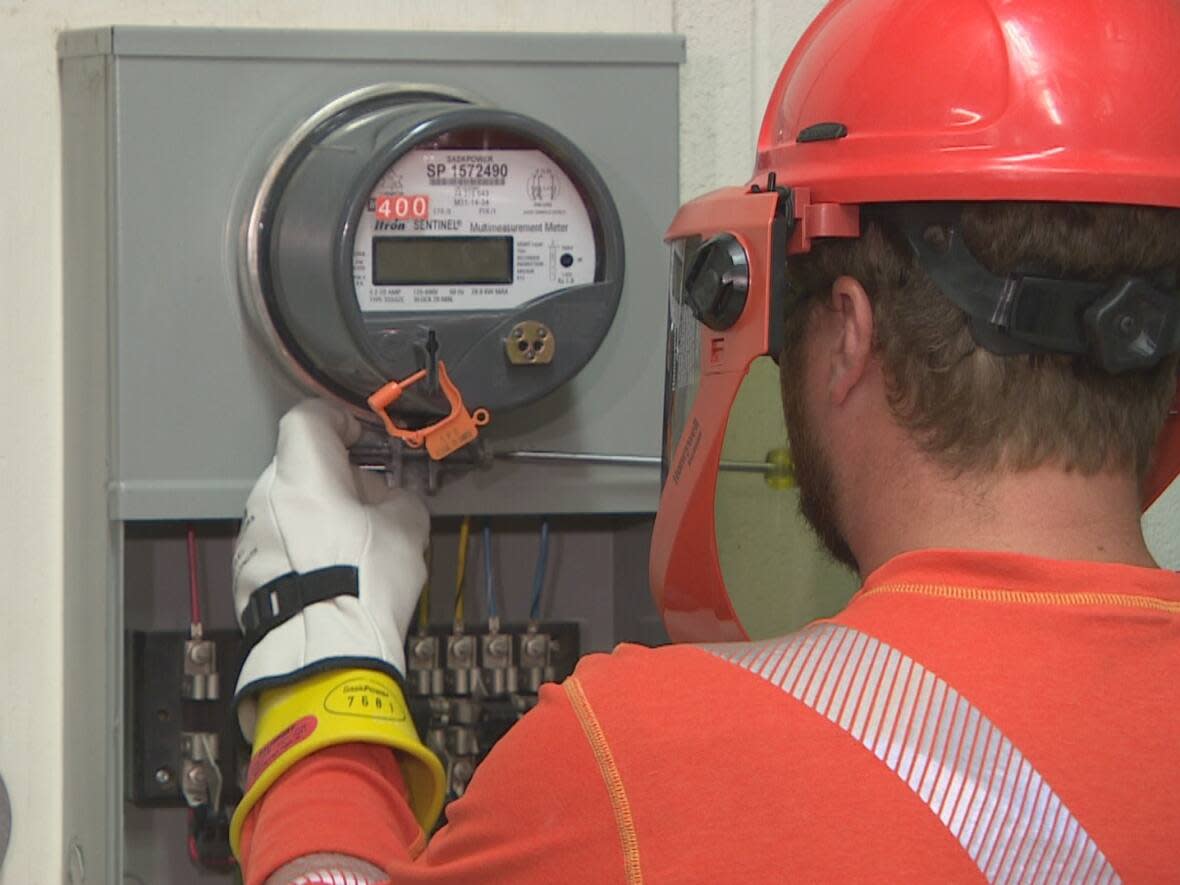Ontario rolls out ultra-low electricity rates today — but only for 1 in 5 households

Today, a million households can opt in to a new ultra-low overnight electricity rate offered by the Ministry of Energy, but that's just a fraction of customers in Ontario.
Only eight of the 61 provincial power utilities will offer the new rate on the May 1 launch date. The rest have up to six months to get on board.
That means it will be available to 20 per cent of the province's five million electricity customers, the Ministry of Energy confirmed to CBC News.
The Ford government's new overnight pricing was pitched as a money saver for Ontarians, undercutting its existing overnight rate from 7.4 to 2.4 cents per kilowatt hour. Both rates are set by the Ontario Energy Board (OEB).
"We wanted, obviously, to roll it out to as many people as we can off the bat," Kitchener-Conestoga PC MPP Mike Harris Jr. told CBC News. "These companies were ready to go and we're going to continue to work with our local providers to make sure that everybody's able to meet that Nov. 1 deadline."
Enova Power — which serves Kitchener, Waterloo, Woolwich, Wellesley and Wilmot — won't be offering the reduced overnight rate until the fall.
Enova merger stalls adoption
The power company is the product of recently merged Kitchener-Wilmot Hydro and Waterloo North Hydro.
The Sept. 1 merger is a major reason Enova power isn't offering the ultra-low rate alongside the first wave of power companies, said Jeff Quint, manager of innovation and communications.
"With mergers, there's a lot of work that goes into them. There are a number of systems and processes that we have to evaluate, merge and integrate together," said Quint.
"We believe that we probably would have been able to make the May 1 timeline otherwise."
The ministry said retroactive pricing won't be available and Harris said he doesn't expect the province will issue any rebates to customers of companies that introduce the rates later than May 1.
"These organizations were able to look at rolling things out sooner. Obviously — if you look at Toronto Hydro, London, Centre Wellington, Hearst, Renfrew — there's a pretty dynamic range of large and smaller-scale providers there, and I'm very hopeful the Region of Waterloo folks will be able to work to try and get this done as soon as we can," Harris said.
Opting in means lower and higher rates
Customers will need to opt in to the program to access the lower overnight electricity rates, which don't change from summer to winter, unlike current time-of-use rates.
WATCH | Angie Dean of Tesla Owners Club of Alberta says EVs can be programmed to charge in off-peak hours:
By accepting the new ultra-low overnight rate, customers will be signing on to higher on-peak rates; 24 cents per kilowatt hour vs. the existing rate of 15.1 cents per kilowatt hour.
In its announcement on April 11, the Ministry of Energy said introducing a lower overnight rate was a way of encouraging Ontarians to make use of the excess capacity at that time of day.
"Shifting electricity use to these hours will allow the province to better leverage Ontario's clean electricity grid, increasing grid efficiency, resulting in potential capacity cost savings for the electricity system of up to $5.7 million per year, helping to reduce costs for all Ontario ratepayers," said the government announcement.
It also comes as an increasing number of Ontarians buy electric vehicles that need to be charged regularly. Those new consumer behaviours have to be accounted for within electricity grids that have shown signs of hitting max capacity at peak times of day.


